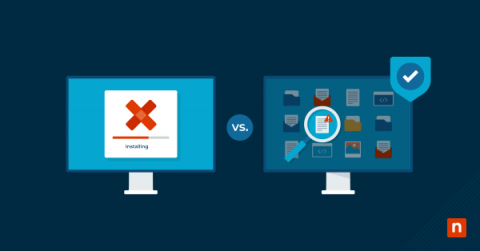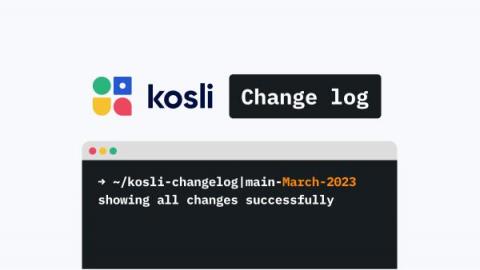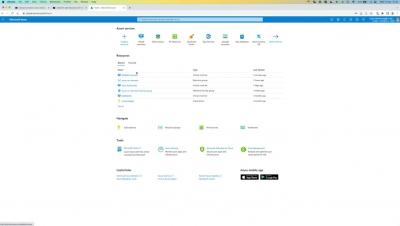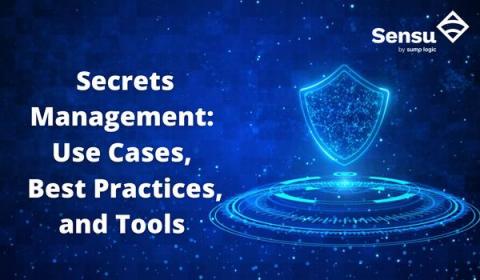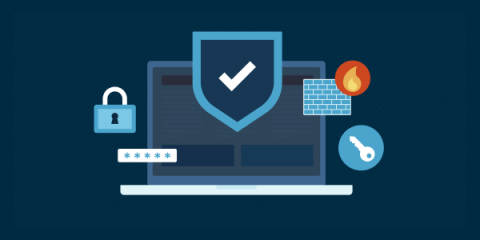The Benefits and Challenges of Building an SBOM
The EO 14028 regarding supply chain security and the need to generate a Software Bill of Materials feels closer to more and more organizations. It might feel like a threat - and that’s a fair feeling. The whole topic of Billing of Materials is not new, but it is a relatively recent trend for software.




